Newport Contemporary Ballet, previously known as Island Moving Company, has a long history of enriching the cultural fabric of communities throughout Rhode Island, the region, and the world. The company creates and presents relevant, visceral, and engaging dance works by a diverse group of the world’s leading choreographers and collaborating artists. In addition to works created for traditional stages, NCB is widely known for its unique approach to experiential and site-specific performances. NCB also runs The Academy at Newport Contemporary Ballet, a pre-professional school offering adult, youth, and core ballet programs, and provides an arts-integrated, in-school learning program called Dancing Through Boundaries serving 4,500 students across Newport County annually.
Newport Contemporary Ballet performs the pas de deux from Arpino’s Light Rain on a program entitled “Elements” March 16–25. Staging the work is Tom Mossbrucker, artistic director of the multifaceted arts organization Aspen Santa Fe Ballet and a board member of the Gerald Arpino Foundation.
Mossbrucker spent 20 years as a principal dancer with The Joffrey Ballet, performing in more than 70 ballets under the direct coaching of founders Robert Joffrey and Gerald Arpino. He also performed in masterworks by great 20th century choreographers Sir Fredrick Ashton, George Balanchine, Laura Dean, William Forsythe, Jiří Kylián, Mark Morris, Paul Taylor, and Twyla Tharp. Prior to his current position, he served for 25 years at the helm of the resident performance troupe, Aspen Santa Fe Ballet, excelling as a curator of contemporary-classic ballets. He forged relationships with emerging choreographers, spurring their creativity to complete 40 commissioned, original works.
Tom Mossbrucker’s thoughts and reflections:
What is your personal history performing and setting Arpino works?
I was lucky enough to dance in many Arpino ballets, creating roles in Light Rain, Round of Angels, Jamboree, Two a Day, and Italian Suite and dancing in Trinity, L’Air D’Esprit, Valentine, Sea Shadow, Birthday Variations, Secret Places, and Reflections. He was influential in my development as a dancer. Working with him gave me the confidence to excel in other repertoire. He empowered dancers to dance from the heart and made us feel that our personal artistic choices were valid and exciting. I loved being one of his “babies.”
What does it mean to you to work on the pas de deux from Light Rain for Newport Contemporary Ballet as we celebrate Mr. Arpino’s centennial?
It feels like a labor of love to revisit Light Rain. I danced the pas de deux hundreds of times. It feels like part of me. Passing it along to a new generation feels meaningful and brings back the exhilarating memories of dancing for Gerry.
How would you describe the Arpino style? What are some distinctive elements of his choreography?
Certainly, the attack is one of the most distinctive elements. And momentum. There is a tremendous physicality that he infused into his work. Dancers literally fly across the stage, covering space like beams of light. He understood stagecraft and showmanship. He knew what would thrill the audience. There was always a dramatic element to the work even if abstract. I related to that. I loved the connection to the audience. I remember feeling free dancing his ballets. It always felt like I was dancing with my body and my spirit. I loved it.
How does dancing Arpino ballets prepare a dancer for other types of repertory?
The dynamics I mentioned translate well to other work. They help dancers become confident in themselves and trusting of their artistic choices. These elements help teach dancers to express themselves and free their inner spirit. He demanded honesty and authenticity from his dancers. He could spot a “fake movement” from a mile away. It had to be real. This is one of the most important qualities a dancer can possess. I am forever grateful to Gerald Arpino for coaxing those qualities out of me!
